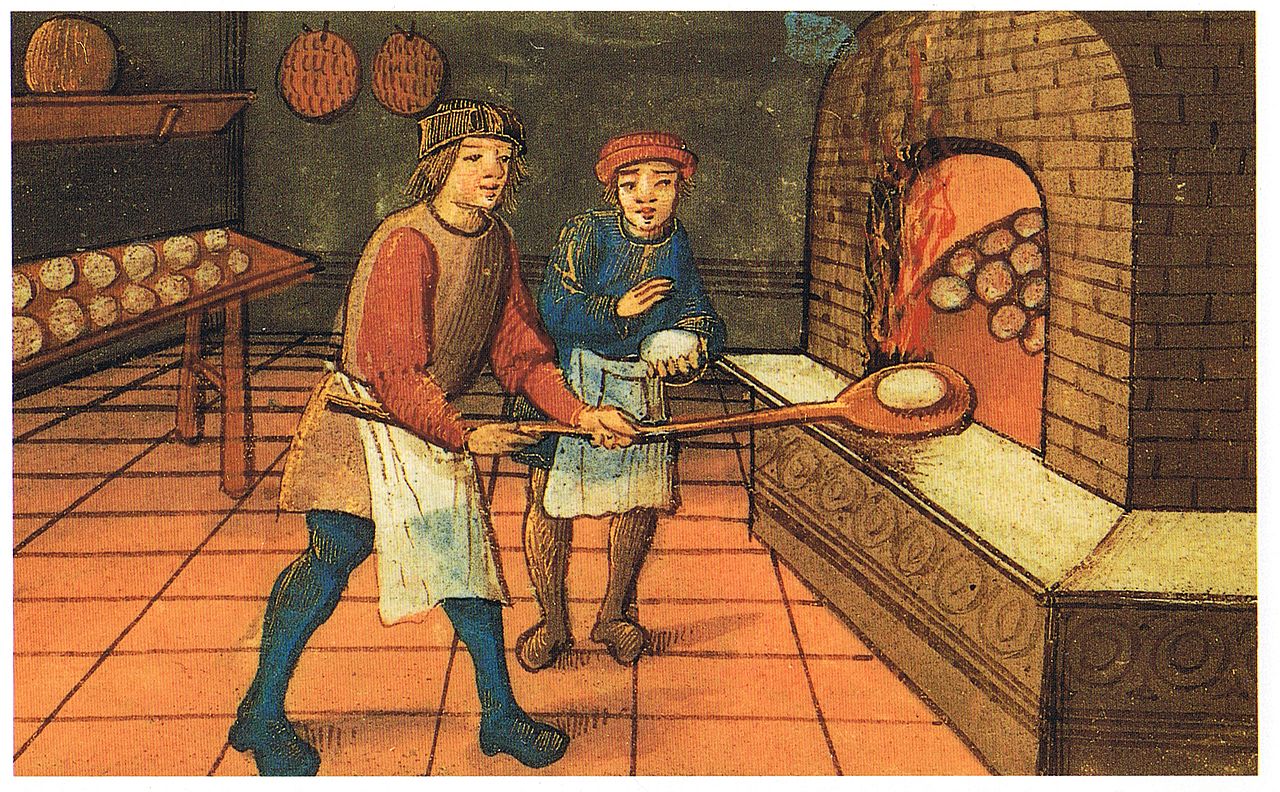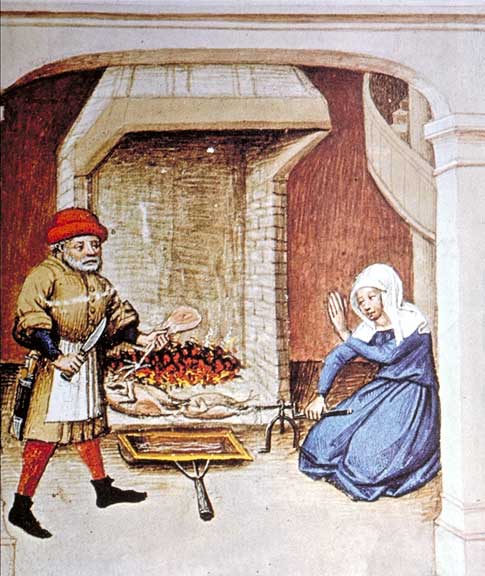During medieval times, the cooking techniques that were developed are so innovative that we are still using these methods today. Most of these techniques allowed people to cook food much easier and faster, and some methods also enabled them to store food properly so that they won’t spoil for a long time.
On the other hand, there are specific negative aspects of medieval cooking that are thankfully not as prominent anymore in our current society. To know more about the advantages and disadvantages of cooking during that period, here is a history of the people’s diet and the cooking methods implemented in medieval times. In case you are researching this topic not because it interests you but because you need to write an essay on it, consider using the help of a professional essay writer online for a better grade.
The Medieval Diet
As agriculture was prevalent during the medieval period, the regular diet consists of cereals and grains such as wheat and barley. Bread also became a common food item, but the mass production of bread only started during the 8th century.
Despite the abundance of wheat in Medieval Europe, the food is considered an expensive commodity that only the higher class and the clergy are able to afford. On the other hand, bread became food is that it is closely associated with religion, and many rituals use bread as the central focus in churches.
Besides bread, the churches in medieval times usually have significant influence as to what food their followers should eat during specific seasons. During the Lenten season, food products that come from animals, such as meat and eggs, are typically banned from being eaten, and this practice is still present today in countries where Catholicism is present.
Fasting was also a prominent practice among Catholic people, and it is usually done during Fridays and special religious seasons like Advent and Lent. During fasting, fish is the only meat that is allowed to be eaten, and it is usually partnered with various fruits and vegetables.
It is essential to note that fasting is done not because churches deem the prohibited foods as unclean or unholy, but because it teaches the followers to the importance of self-restraint. Being able to stop yourself from eating banned foods during fasting will prevent you from committing abstinence.
Social Hierarchies in Medieval Food
During the medieval period, there are estates of the realm that divides the social classes in Europe, and these estates are the commoners, which are sometimes called the working classes, the clergy, and the nobility.
The people who belong to the nobility often eat meat that they get from hunting called a game, and the meat is usually seasoned with herbs and spices for better flavor. On the other hand, the clergy has a diet that consists of foods that have religious connections such as fish and the holy food that was mentioned before, bread.
The commoners typically settle in eating bread and fish, with most fruits and vegetables becoming foods served during special occasions. Eventually, the commoners, specifically the traders and merchants, would be able to become wealthy enough to buy the same ingredients as the nobility, which in turn, allowed the medieval society to destroy the hierarchy between the nobles and the common people when it comes to food. However, the nobility soon created sumptuary laws that prevented commoners in lavishly buying and consuming food.
Medieval Cooking Methods
Before the 18th century, cooks who served nobles are knowledgeable in cooking food over an open fire. However, when the kitchen stove was invented, it was able to make the cooks’ work easier as they don’t usually have to get close to the fire in order to cook food. Kitchen stoves and ovens were only seen in castles and the nobility’ houses since it was relatively expensive for commoners to build a stove in their homes.
In order for commoners to cook food properly, a single community would typically give money to the town leader and build one oven located in a house that is reachable for anyone who lives within the premises of the town. This oven can be used by everyone who gave money to build it, and the commoners would regularly cook large portions of bread and meat in that oven to serve to their families.
Interestingly, ovens and stoves during that period were once placed in the middle of the living room for easier access. But over time, the nobles decided that any equipment that uses fire should be placed in a separate room for safety purposes.
In addition, cooking food in the living room would often produce unpleasant odors that guests may not like, and as such, the separate room for stoves and ovens were usually closed off and far from living rooms. This isolated room will eventually be called the kitchen.
After the invention of iron equipment during ancient times, many utensils that are made of iron were invented in the medieval period. These utensils include kettles, pans, and pots, which are all used for different cooking techniques such as boiling and frying.
Speaking of cooking techniques, different methods were utilized for cooking various types of meat in that era. Fish are usually baked or fried because of its soft meat, beef is boiled because it is harder and tougher to chew, and pork is commonly roasted in order for its skin to be crispy and its meat to become tender.
The kitchen stove is arguably the best invention that has come out of the medieval period, and the equipment is so effective in cooking food properly that it is still being used today, although the modern stove is made with better materials and can produce heat in a higher temperature suitable for many cooking methods.
However, the medieval times also brought the social hierarchy in food, which oppressed commoners from using high-quality ingredients in order to cook the best-tasting dishes. Sadly, this hierarchy is still present today, as people who belong to the lower class in many countries would not be able to cook good food because of the high prices of ingredients caused by corruption. In the future, many communities hope that social hierarchy and corruption will be abolished so that everyone is able to taste great dishes made of the finest ingredients regularly.


